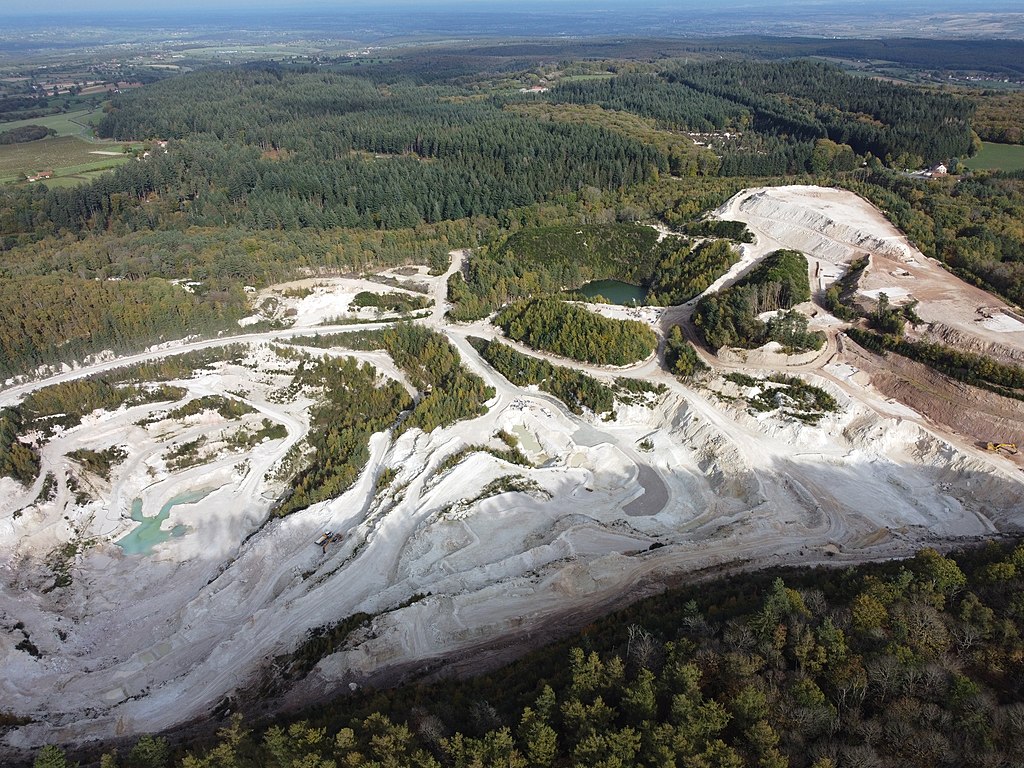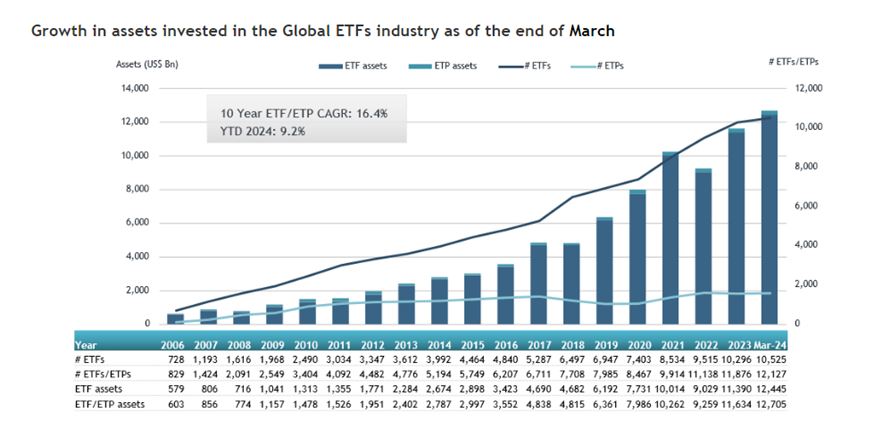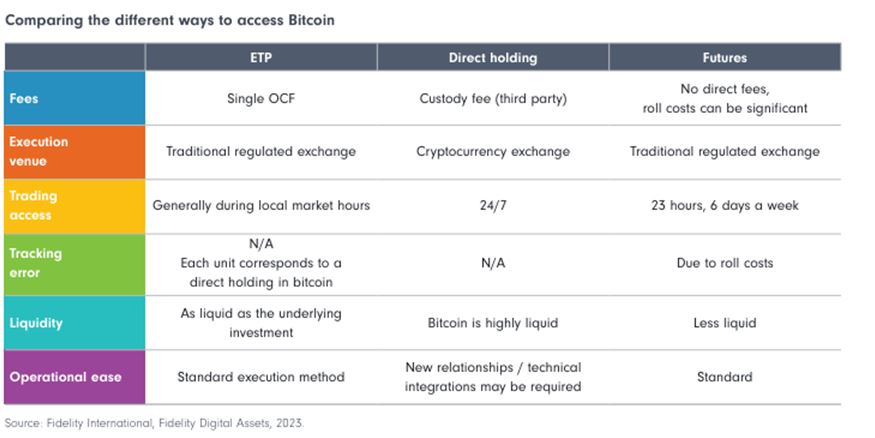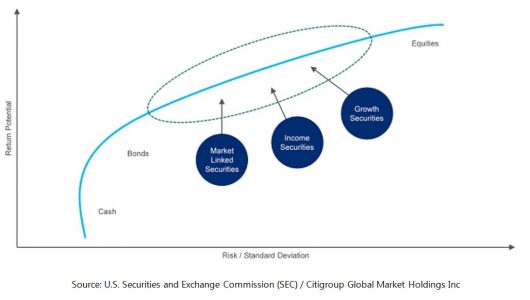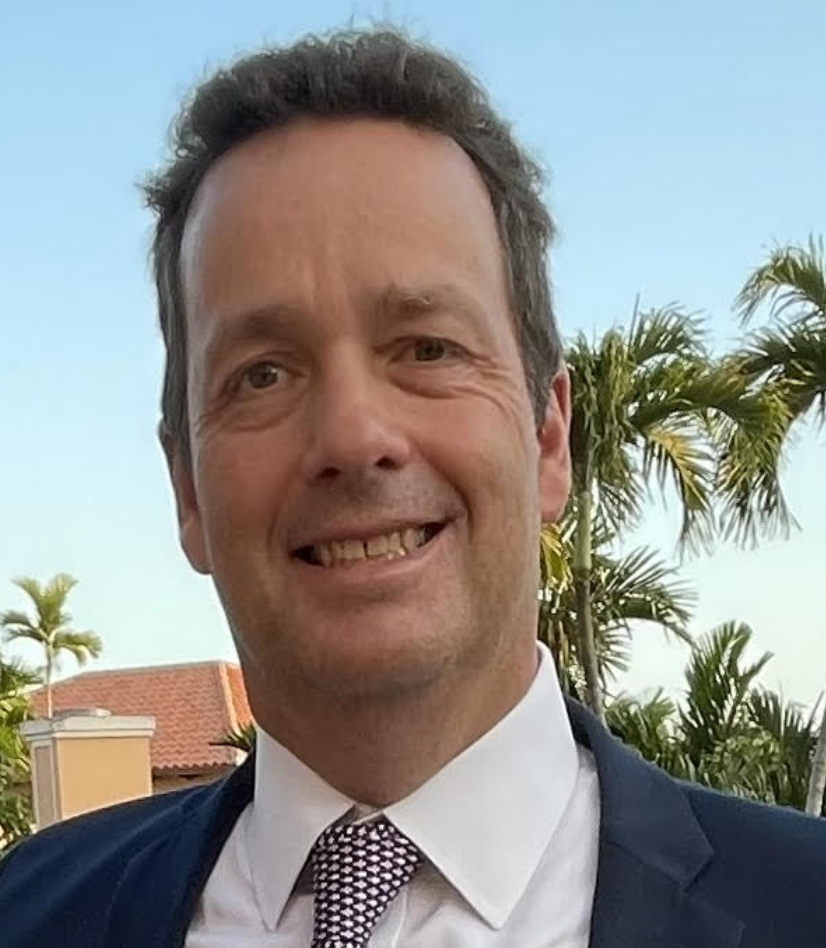When and How: The Great Debate on Interest Rate Cuts in the U.S.
| For Amaya Uriarte | 0 Comentarios

The latest macroeconomic data confirm the robustness of the U.S. economy, presenting a significant debate for the U.S. Federal Reserve (Fed). From today until Wednesday, the Fed will hold its meeting, according to asset managers, with all the necessary ingredients: updated labor market and inflation data; economic projections; various perspectives within the FOMC; and Jerome Powell’s press conference. What should we pay the most attention to?
According to Erik Weisman, Chief Economist and Portfolio Manager at MFS Investment Management, perhaps the most important thing will be whether the Fed considers the April consumer inflation figures to be low enough to mark the start of a weakening trend. “The Fed has indicated that it needs to see several consecutive months of significantly more controlled inflation before beginning to cut interest rates. It is unclear whether the April data on the Consumer Price Index (CPI) and Personal Consumption Expenditures (PCE) meet these criteria. This may be clarified during the press conference,” he notes.
Secondly, Weisman adds, “Another interesting point is the long-term dots, which indicate what the Fed considers its nominal neutral policy rate. Last quarter, the long-term median dot increased for the first time in a long time. Most market participants believe that the nominal neutral long-term Federal Reserve funds rate should be considerably higher.”
Cristina Gavín, Head of Fixed Income and Fund Manager at Ibercaja Gestión, believes that over the past few months, the Fed has been moderating its discourse regarding the path of rate cuts. “The most interesting thing, as with the ECB, will not be the announcement of maintaining the intervention rate, but Powell’s subsequent speech, where he will assess the country’s economy and what we can expect for the second half of the year. It is most likely that he will emphasize the need to be patient and wait for more convincing data to begin the rate-cutting process,” Gavín argues.
Main Forecasts
According to DWS, the big debate is about how much and how the Fed will cut rates. “Monetary policy is clearly restrictive from the labor market perspective. However, current inflation metrics do not yet justify a cut. It is no surprise that the Fed sees balanced risks and maintains close vigilance, as well as an open mind about incoming data,” argues Christian Scherrmann, U.S. Economist at DWS. The asset manager believes that in the real world, full of complexity and measurement errors, chaining the Fed to a single policy rule has always seemed like a bad idea. “But arguably the other extreme is even worse: letting elected politicians directly interfere in rate-setting, instead of having an independent central bank publicly committed to a stable framework and accountable for achieving its monetary policy goals,” they state.
“After strong employment data on Friday, expectations regarding rate cuts have cooled, and the market now only prices in one and a half cuts by the end of the year. Since the Fed is not expected to cut rates this week, the summary of economic projections should also reflect that the Committee has reduced its forecast for cuts this year. That is where the focus will be. We believe the dot plot will place the median reference rate closer to 5% by the end of the year, compared to the previous 4.6%. We will also be attentive to the language the FOMC may use to describe its growth and inflation outlooks,” says John Velis, Macro Strategist for the Americas at BNY Mellon IM.
According to Enguerrand Artaz, Fund Manager at La Financière de l’Echiquier (LFDE), market actors’ forecasts for the Fed’s trajectory have rarely been so disparate: some still predict a first cut in July and several more in the coming months, while others do not expect any cuts in 2024. “However, the U.S. is perhaps the country that could offer more visibility soon. Indeed, April inflation data were reassuring after negative surprises in the first quarter; price increases are now only driven by a few components that have little correlation with demand; growth was slightly below forecasts in the first quarter, and the labor market is slowly deteriorating, so the economic outlook, if confirmed, could outline a well-marked path for the Fed,” Artaz notes.
For the Head of Fixed Income and Fund Manager at Ibercaja Gestión, there have been voices that even ruled out cuts for this year. However, her forecast is that “in 2024 we will see a shift in the Fed’s monetary policy bias, with the first cut occurring after the summer. From there, and as long as price developments show a downward trajectory, we would bet on another intervention rate cut by the end of the year, once electoral uncertainty is behind us,” she argues.
Meanwhile, Deborah A. Cunningham, Chief Investment Officer of Global Liquidity at Federated Hermes, notes that despite the warnings at the May meeting, they do not anticipate a rate hike and expect one or two cuts for the remainder of the year. “One thing to note is that the idea of the Fed avoiding rate cuts in September to avoid appearing to interfere with the general elections, foregoing rate action when the data justifies it, could also seem politically motivated,” she explains.
“Canada and the Eurozone have started the cycle of rate cuts in developed markets, following the trend of emerging markets. But it is likely that this week Jerome Powell will confirm that the U.S. will arrive late to the party, as the Fed is not expected to cut rates before September, at the earliest. Global fixed-income investors are already benefiting from rate cuts, while those only exposed to the U.S. will have to keep waiting,” concludes Brendan Murphy, Head of Fixed Income, North America, at Insight (part of BNY Mellon IM).
Data Flows
According to Gilles Moëc, Chief Economist at AXA IM, the market will focus on the new “dot plot” from the FOMC this week. “We expect a change in the median forecasts to two cuts this year, compared to three in March. There is a risk that it will be reduced to just one, but we believe this would eliminate too much optionality, as it would send the message that the Fed cannot cut before the elections,” he explains.
In his opinion, market prices for the Fed changed drastically again last week in response to higher-than-expected job creation data in the U.S. in May, according to the Establishment survey (+272K, compared to a consensus of +180K), accompanied by faster wage increases (+4.1% on a three-month annualized basis, well above April’s 3.0%). Before the publication, two rate cuts were almost fully priced in for December (48 basis points), with 22 basis points already in September. “After the publication, the market was only pricing in 14 basis points of cuts in September and a total of 34 for December. But more than the directionality, it is the confusion that, in our opinion, is the main ‘message’ of the recent data flow from the U.S.,” he nuances.
In this “data fog,” Moëc sees it likely that the Fed’s forecast of its trajectory will be the focal point of this week’s FOMC meeting. “We believe the median of FOMC voters will forecast two cuts in 2024—which happens to be our base case—compared to three in March. Of course, there is a debate around the possibility of maintaining only one cut in the framework, but we believe this would send too harsh a message, indicating that the Fed has given up on cutting before the elections (a solitary cut for 2024 would be interpreted as no easing before December), which we believe would leave the Fed with very little optionality. While time is running out, we still see the possibility that the data flow will clear up enough over the summer to allow the central bank to begin removing some restrictions in September,” he concludes.
In the opinion of Raphael Olszyna-Marzys, International Economist at J. Safra Sarasin Sustainable AM, slower economic growth and a more balanced labor market should reduce inflationary pressures. In his view, the problem is that inflation will take time to return to its target, requiring a gradual approach to monetary policy easing. Nevertheless, given that the labor market has returned to where the Federal Reserve wants it, some Fed members will point to the risk of waiting too long. He believes that the Fed’s new projections could point to two rate cuts this year, but the distribution seems likely to tilt downward.
“The distribution of market participants’ expectations for the federal funds rate at the end of the year will likely shift to the right (a higher official interest rate). While the median ‘dot’ could point to two cuts this year, we believe a greater number of officials will forecast that the official interest rate will only be cut once or not at all this year. Overall, the slower-than-expected progress of inflation could limit the speed and promptness with which the Fed wants to cut rates,” argues Olszyna-Marzys.



